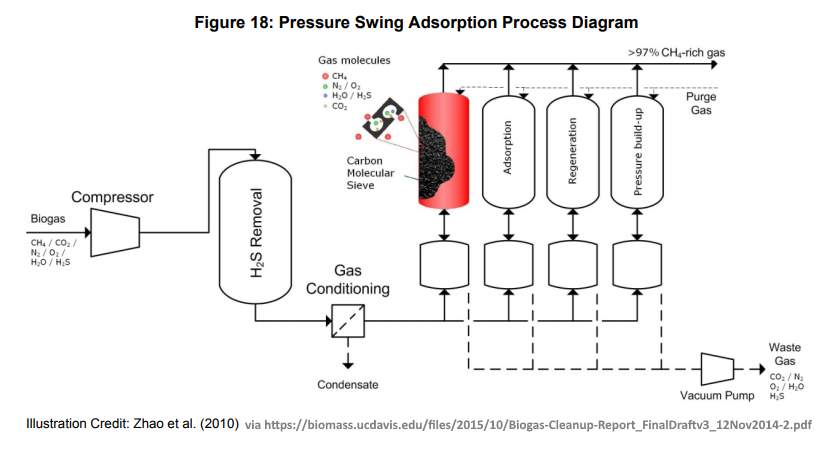Oxidation:
Oxidation is a chemical reaction in which a substance loses
electrons, becoming more positively charged. This process can occur when a
substance reacts with oxygen or other electronegative elements. The most common
example of oxidation is the rusting of iron when it reacts with oxygen in the
presence of moisture.
In living organisms, oxidation is a crucial
part of various physiological processes. For example, it is involved in the
breakdown of nutrients to release energy in cells. However, oxidation can also
lead to the production of harmful byproducts known as free radicals.
Free Radicals:
Free radicals are highly reactive molecules that contain
unpaired electrons. They are produced naturally in the body during normal
metabolic processes or can be generated due to external factors like pollution,
radiation, or unhealthy lifestyles (e.g., smoking). These free radicals are
unstable and can cause damage to cells and tissues by reacting with and
stealing electrons from other molecules in the body, leading to a chain
reaction of cellular damage.
Antioxidants:
Antioxidants are substances that can neutralize free
radicals by donating electrons without becoming unstable themselves. They act
as a defence system against the harmful effects of oxidative stress caused by
free radicals. Antioxidants play a crucial role in maintaining the overall
health and function of cells and tissues in the body.
The body has its own antioxidant defence system, including
enzymes like superoxide dismutase, catalase, and glutathione peroxidase, which
help counteract the harmful effects of free radicals. Additionally, many
antioxidants are obtained from the diet, including vitamins C and E,
beta-carotene, selenium, and various phytochemicals found in fruits, vegetables,
nuts, and seeds.
Importance of Antioxidants:
Having an adequate intake of antioxidants is important
because excessive free radicals can lead to oxidative stress, which has been
linked to various health issues, including:
Ageing: Oxidative stress is considered one of the
contributing factors to the ageing process.
Chronic Diseases: It has been associated with several
chronic diseases, such as heart disease, diabetes, cancer, and
neurodegenerative disorders like Alzheimer's and Parkinson's disease.
Inflammation: Oxidative stress can trigger inflammation,
which is involved in many diseases.
Cellular Damage: Oxidative stress can damage cellular
components like DNA, proteins, and lipids, impairing cell function
and potential mutations.
In summary, oxidation is a chemical reaction involving the
loss of electrons, and it can produce harmful free radicals. Antioxidants are
essential in neutralizing these free radicals and protecting the body from the
potential damage they can cause. Eating a balanced diet rich in antioxidants is
a key part of maintaining good health and reducing the risk of various diseases
associated with oxidative stress.







